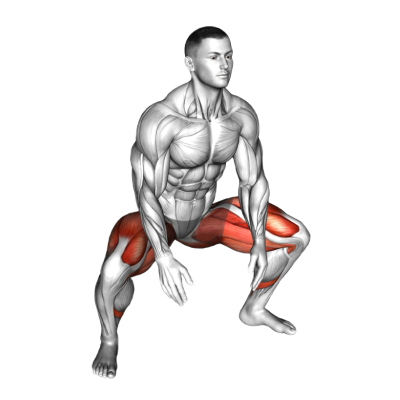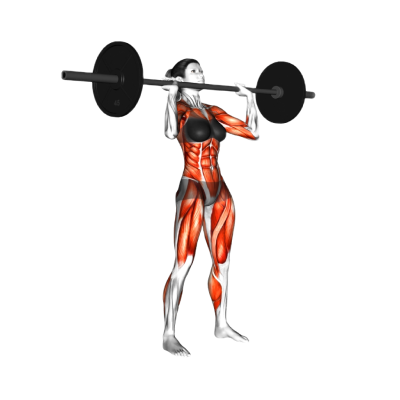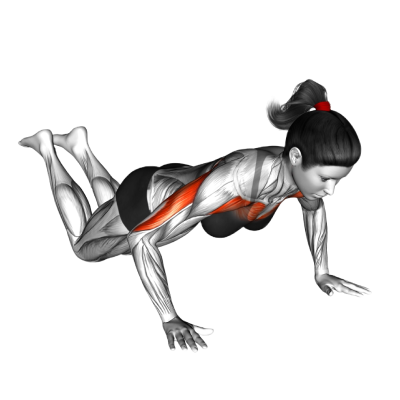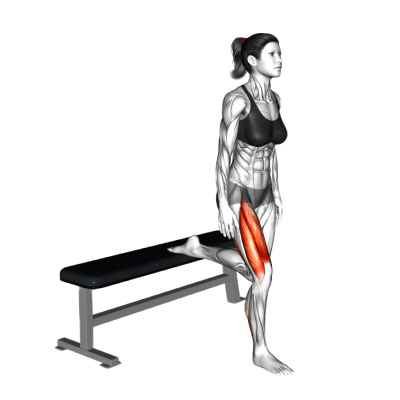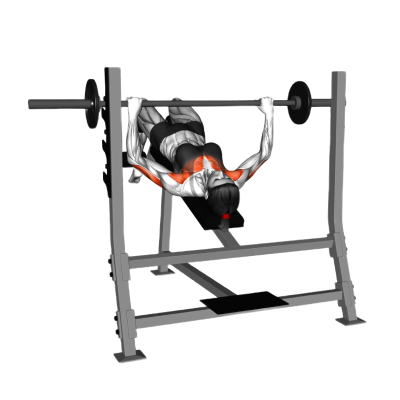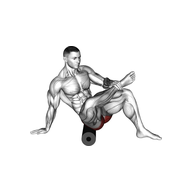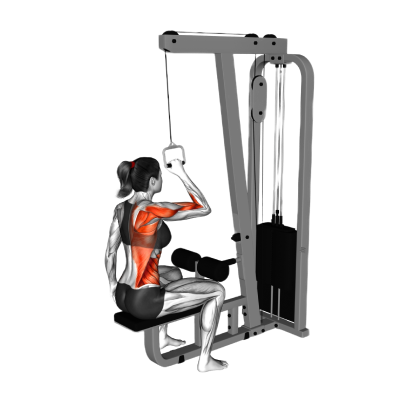What is a Downward Dog Stretch?
The downward dog stretch is a popular yoga inversion (a position where your heart is above your head) that stretches and strengthens multiple muscle groups. Downward dog works your back, shoulders, triceps, hamstrings, calves, and wrists. For this stretch, you push your hips toward the ceiling from a fours position to make an upside-down "V" shape. Your hands should be shoulder-width apart, fingers spread for stability, and feet should be hip-width apart. This pose helps improve flexibility, lengthen your spine, and boost blood circulation. It’s a staple of good yoga practice and a great addition to warm-ups or cool-downs in other modalities.
How-to Do Downward Dog Stretch
- Kneel on your hands and knees on a mat or the ground.
- Keeping your arms straight, step backward with both feet until your legs are straight out behind you.
- Exhale and push your hips toward the sky until your body is in the shape of an inverted 'V'.
- Inhale and exhale steadily for as many breaths as you like.
- Slowly return to the starting position.
Muscle Worked
Primary Muscle Groups


Abs
"Abs" refers to your abdominal muscles, which sit at the front of your trunk between your ribcage and pelvis

Calves
The calves are the muscles at the back of the lower part of your legs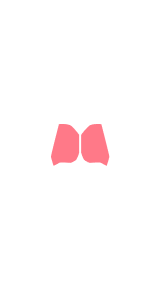

Glutes
The glutes help you extend your thighs from the hips and drive you forward.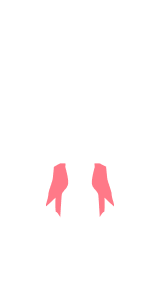

Hamstrings
The hamstrings flex your knees and extend and rotate your hips

Chest
Your chest helps you move your arms across your body and up and down while stabilizing the shoulders

Shoulders
Your shoulders are ball-and-socket joints which connect your arms to your torso

Upper Back
Lie on the floor and place a foam roller below your traps and above your shoulder blades.

Middle Back
The middle back helps you rotate your torso

Triceps
The triceps are the muscles on the backs of your upper armsSecondary Muscle Groups


Adductors
The adductors are the muscles on the insides of your thighs that move your legs toward the midline of your body

Obliques
The obliques help you twist your trunk and support your core and spine.

Lower Back
The low back helps stabilize your spinal column and connects your upper body to your pelvis.

Quads
"Quads" refers to your quadriceps femoris muscles which flex your leg from the hip joint and extend your leg from the knee joint.Pro Tips
- Face Your Triceps Back: Try to think about externally rotating your shoulders for more stability in this pose. To do this, think about rotating your arms so your triceps are facing directly back, rather than out to the sides.
- Focus on a Long Spine: Rather than forcing your heels down to the ground, focus on lengthening your spine. Visualize bringing your tailbone toward the sky and look back between your heels so the top part of your body creates one long, straight line and you get a light stretch through the back of your body.
Benefits of Downward Dog Stretch
- Wrist Strength: Because you’re bearing a good portion of your body weight, the downward dog stretch can help you build up a lot of wrist and grip strength over time if you practice it frequently. It also puts your wrists at an angle, gently stretching them out and helping to improve your dexterity. This is useful for stiffness that crops up in repetitive activities like typing or texting.
- Boosts Circulation: As an inversion, downward dog exercise helps your blood flow to your upper body and brain. The circulation benefits can boost your energy levels and mental clarity. It’s also good for your heart health and cardiovascular fitness.
Variations
Alternatives
Warm Up & Cool Down
Warm Up
- Cat-Cow: From all fours, alternate dynamically between arching and rounding your back. A cat-cow stretch warms up your spine, shoulders, and wrists, so your body is ready for the work downward dog stretch creates for your back when you lengthen your spine.
- Shoulder Rolls: Roll your shoulders slowly forward, up towards your ears, then down. Repeat the movement backward. To drive out of your shoulders and support your weight properly in downward dog exercise, you’ll need good shoulder mobility.
- Standing Forward Fold/ Half-Lift: Stand up and fold yourself fully over your legs, then slide your hands up your shins, coming to a flat spine position. Alternate between these two postures a few times. This will warm up your hamstrings. The half lift also replicates the long spinal position that you’ll come into in a downward dog stretch.
Cool Down
- Child’s Pose: Sit back on your heels and crawl your hands out in front of you, trying to lower your head and chest toward the ground. This relaxes your shoulders, spine, and hips after a downward dog stretch.
- Seated Forward Fold: Sit and fold forward over your legs, reaching towards your toes. Bend your knees if you need to. This is a good deep stretch for your hamstrings. For most people, it’s more relaxing than the standing variation, so it’s useful post-workout.
- Figure Four Stretch: Lie on your back and cross one ankle over the opposite thigh. Pull your legs in towards you to release your hips and glutes.
FAQs


Get fit with Flex
Build muscle & lose weight fast for free.
Download for Free
Available on iPhone + Apple Watch

